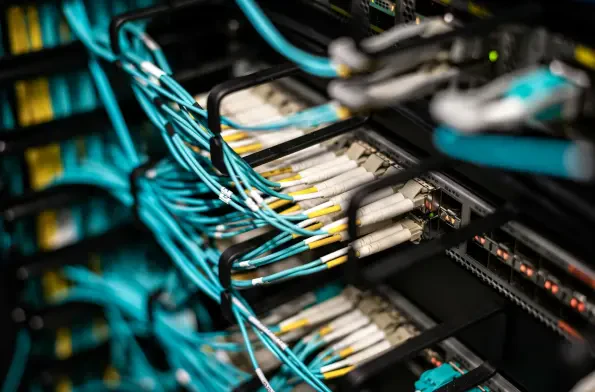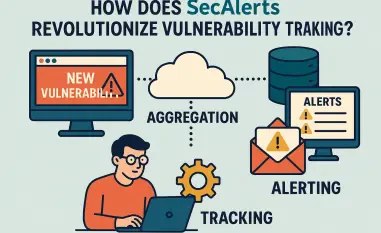In the ever-evolving world of cybersecurity, staying ahead of vulnerabilities is a critical task for enterprises. Today, we’re thrilled to speak with Malik Haidar, a seasoned cybersecurity expert with a deep background in threat analysis and security strategies for multinational corporations. With his unique blend of technical expertise and business insight, Malik has been instrumental in safeguarding organizations against sophisticated cyber threats. In this interview, we dive into the latest Patch Tuesday updates from major security vendors, exploring the high-severity flaws that have been addressed, the potential risks they pose, and the broader implications for enterprise security. From privilege escalation issues to brute-force vulnerabilities, Malik breaks down the complexities and offers actionable insights for protecting critical systems.
Can you walk us through the key highlights of the recent Patch Tuesday updates from major security vendors?
Absolutely, Matteo. The October 2025 Patch Tuesday updates from Fortinet and Ivanti tackled some significant vulnerabilities across their product lines. Fortinet released 29 advisories covering over 30 flaws, with several rated as high severity. These updates span a wide range of products like FortiOS, FortiDLP, and FortiPAM. Ivanti, on the other hand, focused on Endpoint Manager Mobile, Neurons for MDM, and Endpoint Manager, addressing high-severity issues such as arbitrary code execution and MFA bypass flaws. Both companies emphasized the urgency of applying these patches, even though there’s no evidence of exploitation in the wild yet.
What can you tell us about the most critical vulnerabilities patched by Fortinet, especially those rated as high severity?
Fortinet flagged several high-severity issues that deserve immediate attention. One standout is CVE-2025-54988 in FortiDLP, which stems from a critical flaw in Apache Tika. This vulnerability could allow attackers to access sensitive data or send malicious requests to internal or external servers. It’s a big concern because it opens up pathways for data breaches or further network compromise. Beyond that, FortiDLP also had issues like CVE-2025-53951 and CVE-2025-54658, which enable privilege escalation through specially crafted requests. These flaws highlight how even authenticated attackers can cause serious damage if patches aren’t applied quickly.
Let’s zoom in on the privilege escalation vulnerability in FortiOS, tracked as CVE-2025-58325. How does this impact users?
This flaw in FortiOS is particularly troubling because it allows an authenticated attacker to execute system commands, essentially giving them deeper control over the affected system. For users, this means a compromised account could lead to full system access, potentially disrupting operations or exposing sensitive data. Organizations running FortiOS, especially those with large user bases or critical infrastructure, are at higher risk. Attackers could target admins or other privileged users to exploit this, making strong access controls and timely patching absolutely essential.
Another high-severity issue Fortinet patched was in FortiIsolator with CVE-2024-33507. Can you explain the risks associated with this flaw?
Sure, this vulnerability in FortiIsolator is quite sneaky. It allows a remote attacker to use specially crafted cookies to either deauthenticate logged-in administrators or gain write privileges if they’re already authenticated. The impact is twofold: kicking out admins disrupts operations and could lock out legitimate users, while gaining write privileges opens the door to modifying configurations or injecting malicious code. It’s a serious threat for environments where FortiIsolator is used to secure remote access, as it directly undermines trust in the system’s authentication mechanisms.
Fortinet also addressed a brute-force attack vulnerability in FortiPAM and FortiSwitchManager under CVE-2025-49201. Why should organizations take this seriously?
This flaw is a classic example of why authentication security matters. CVE-2025-49201 allows attackers to bypass authentication through brute-force attacks, essentially guessing credentials until they get in. For FortiPAM and FortiSwitchManager users, this could mean unauthorized access to privileged systems, leading to data theft or network-wide compromise. It’s especially dangerous in environments without strong password policies or rate-limiting on login attempts. Organizations need to prioritize multi-factor authentication and monitor for unusual login patterns to mitigate this risk alongside applying the patch.
Beyond the high-severity flaws, Fortinet patched numerous medium- and low-severity issues across various products. What kind of risks do these less critical vulnerabilities still pose?
Even though they’re rated lower, these flaws shouldn’t be ignored. They cover a wide spectrum of risks, from denial-of-service attacks that can cripple system availability to cross-site scripting, which could trick users into revealing sensitive information. Other issues include arbitrary code execution or DLL hijacking, which might serve as stepping stones for bigger attacks. The variety of products affected—everything from FortiWeb to FortiSIEM—means that almost every organization using Fortinet solutions has some exposure. These vulnerabilities often get chained together by attackers, so patching them is just as critical as addressing the high-severity ones.
Shifting to Ivanti, can you shed light on the high-severity flaws they addressed in products like Endpoint Manager Mobile and Neurons for MDM?
Ivanti tackled some concerning issues in their updates. In Endpoint Manager Mobile, they fixed three high-severity flaws that let authenticated attackers with admin privileges execute arbitrary code—a potential disaster for endpoint security. In Neurons for MDM, two high-severity bugs stood out: one allows admins to unenroll devices, effectively hiding them from management interfaces, and the other is an MFA bypass that remote attackers can exploit. These flaws underscore the importance of securing mobile and endpoint management systems, as they’re often prime targets for attackers looking to infiltrate broader networks.
With both Fortinet and Ivanti vulnerabilities often being targeted by threat actors, how can organizations balance rapid patching with operational stability?
It’s a tough balance, but it starts with a solid patch management strategy. Organizations should prioritize high-severity flaws and test patches in a controlled environment before rolling them out widely to avoid breaking critical systems. Having a clear inventory of assets helps identify which systems need urgent updates. Also, temporary mitigations—like restricting access or monitoring for suspicious activity—can buy time while patches are validated. Communication between IT and security teams is key to ensure downtime is minimized. Lastly, adopting a proactive mindset, with regular vulnerability scans and threat intelligence, can reduce the scramble when patches drop.
Looking ahead, what is your forecast for the evolving landscape of enterprise security vulnerabilities and patch management?
I expect the complexity and volume of vulnerabilities to keep growing as enterprise environments become more interconnected with cloud, IoT, and hybrid setups. Attackers are getting faster at weaponizing flaws, so the window for patching will continue to shrink. We’ll likely see more emphasis on automation in patch management—think AI-driven prioritization and deployment—to keep up with the pace. At the same time, vendors will need to improve transparency and speed in disclosing and fixing issues. For organizations, integrating security into the DevOps pipeline and fostering a culture of resilience will be critical to staying ahead of threats in this dynamic landscape.













